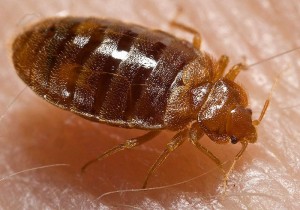 It’s a debate that has raged for decades – whether vaccines lead to serious side effects – and specifically whether the combination vaccine to prevent measles, mumps and rubella causes autism in children.
It’s a debate that has raged for decades – whether vaccines lead to serious side effects – and specifically whether the combination vaccine to prevent measles, mumps and rubella causes autism in children.
The federal government has investigated the risk of vaccines a dozen times in the past 25 years to determine what the evidence says on the issue. Their latest report, written by a committee at the Institute of Medicine and released last week, found no evidence that the MMR vaccine causes autism.
The report reviewed eight vaccines in total that are recommended by the U.S. Centers for Disease Control. For each vaccine, a committee of medical experts reviewed adverse events associated with vaccines to evaluate the scientific evidence about whether the event was related to the vaccine.
The committee did find evidence for some adverse events related to vaccines. For example, people who have had the chickenpox vaccine can develop pneumonia, meningitis or hepatitis late in life if they suffer an unrelated illness, such as cancer, that compromises their immune systems. And the HPV vaccine rarely causes a life-threatening allergic reaction.
The committee also found the evidence rejected five adverse relationships related to vaccines, including the link between the MMR vaccine and autism.
But for the majority of adverse events, the committee could not find enough evidence to determine whether vaccines contributed to the problems or not. Often times, this was because the event was extremely rare, making it difficult to study.
You can read a summary of the report, with information about all of the vaccines studied, by clicking here. The bottom line is, it’s important to understand the vaccines that you and your children are receiving, and be prepared for potential side effects that could occur based on the evidence.





